In this perfectly-timed split-shot of a woman discovering a school of fish taken inside a beautifully-lit cave, freediving photographer Jacques de Vos manages to capture a world of wonder and serenity. It’s everything we want in a getaway vacation, and this dreamy photo definitely took us there.
How did he do it? We reached out to the award-winning Cape Town-based photographer himself to give you the full story and techniques he used in achieving this cool shot. Scroll down, and dive in!
SETUP, GEAR, LOCATION
“The photo was taken on a midday freediving session on a visit to Koh Tao, Thailand. To get this shot, I used an Ikelite/Canon 5DmkIII setup with two Ikelite DS-161 strobes. The camera was set to an aperture of f18, shutter speed 1/200, and ISO 320. The lens was a Canon 15mm Fisheye behind an 8-inch Ikelite dome, which is great for over-under shots like this one.”
HOW HE GOT THE SHOT
“The image was not planned at all, apart from timing the lighting for the time of day to get the perfect rays. I was quite spontaneous, as I often work around what is available. We were fortunate to have a small schooling ball of fish at the bottom of the cave, and I did my best to try and get as much of the shot into frame by squeezing myself up against the wall of the cave and getting the composition right. I asked the model to stand on the rock. Then, I took roughly three shots to finally get the one I needed. The cave itself had some very clear water, which is easily made “dirty” by kicking—with fins—near the bottom or sides as it stirs up particles, so I also had to be very careful not to move too much while doing this.”
POST-PROCESSING
“Apart from contrast and color correction I did very little post processing to the image. I was extremely happy with the natural range of colors from the water, rocks, moss and light all coming together.”
Now let’s get to know the photographer behind the lens better. Read on for our exclusive Q&A with Jacques de Vos—plus, some of his awe-inspiring images from the deep!
Hi Jacques! Can you tell us more about yourself?
JACQUES DE VOS: I’m a professional underwater photographer and cameraman, as well as a freediving instructor, trainer, and judge. I specialize in freediving photography. Almost all my work is done while freediving on a single breath of air. I call Cape Town, South Africa my home, although I spend most of my time between our freediving centers in Dahab, Egypt and Koh Tao, Thailand.
What exactly is freediving, and how does it enhances and influences your photography work?
JACQUES: Freediving is, quite simply, diving on a single breath of air. It has vastly expanded my underwater photography and videography possibilities. Due to freediving being so dynamic, you can continually shoot at any depth without being concerned with issues such as decompression sickness, that you get when you’re scuba diving. Generally speaking, all marine life tend to be less unsettled by your presence underwater which makes for great interactions.
How did you get started with underwater photography in the first place?
JACQUES: I had a very inspiring scuba instructor named Phil Parr, who also happened to be a respected underwater photographer. He sparked my interest.
And today, we definitely see your skill and talent underwater, as seen in your gorgeous photos on 500px.
JACQUES: I’m very selective over which images I eventually post. If I don’t think an image will generate some sort of feeling or emotion in a normal diving or non-diving person, then I tend not to use them. I am not a big fan of “photoshopping” elements into or out of an image to make it look more appealing. Even cropping is done only when absolutely unavoidable, which is almost never.
What are your favorite subjects to photograph underwater?
JACQUES: Since a very young age, I’ve always loved marine mammals, especially killer whales. So in terms of ocean life, I really love photographing the “big stuff” like sharks, whales, and dolphins.
As an underwater photographer, how often do you travel a year, and how long do you spend going on dives?
JACQUES: Technically, I’m traveling all year long. If I’m not teaching freediving instructors, I’m usually in the water, taking photos or videos, which means I’m diving almost full time.
Wow, that sounds amazing. In all your years of experience, where is the best location in the world to take the great underwater photos?
JACQUES: Of course there are countless other places I’d still love to visit, but I’m going to base this on my own experience. For the “big stuff” like sharks, whales, and dolphins, a few places in the world beat the oceans around the Cape Peninsula in South Africa, as well as the further up the East Coast towards Durban and Mozambique for diversity and consistent interactions.
JACQUES (continued): For great visibility and colorful fish, Dahab and Ras Mohamed National Park in South Sinai is ideal and perfect for freediving photos.
And what camera gear do you take with you underwater?
JACQUES: As a proud Ikelite ambassador, I use Ikelite underwater systems, and I have a preference for DSLRs with a variety of lens options, depending on the subject matter I am shooting.
Lastly, what advice do you have for aspiring underwater photographers?
JACQUES: As underwater images can become quite repetitive, try to keep it interesting and develop your own recognizable style. Also, have realistic expectations about the industry and what is possible, in terms of making it a full-time career.
Visit Jacques de Vos’ official website, or follow him on 500px to view more of his stunning work. You can also connect with him and thumb up his Facebook page.
Got a question for Jacques about his technique, process, gear, and images? Or want to share a similar diving experiences and photos in the deep? Leave a comment for us below!

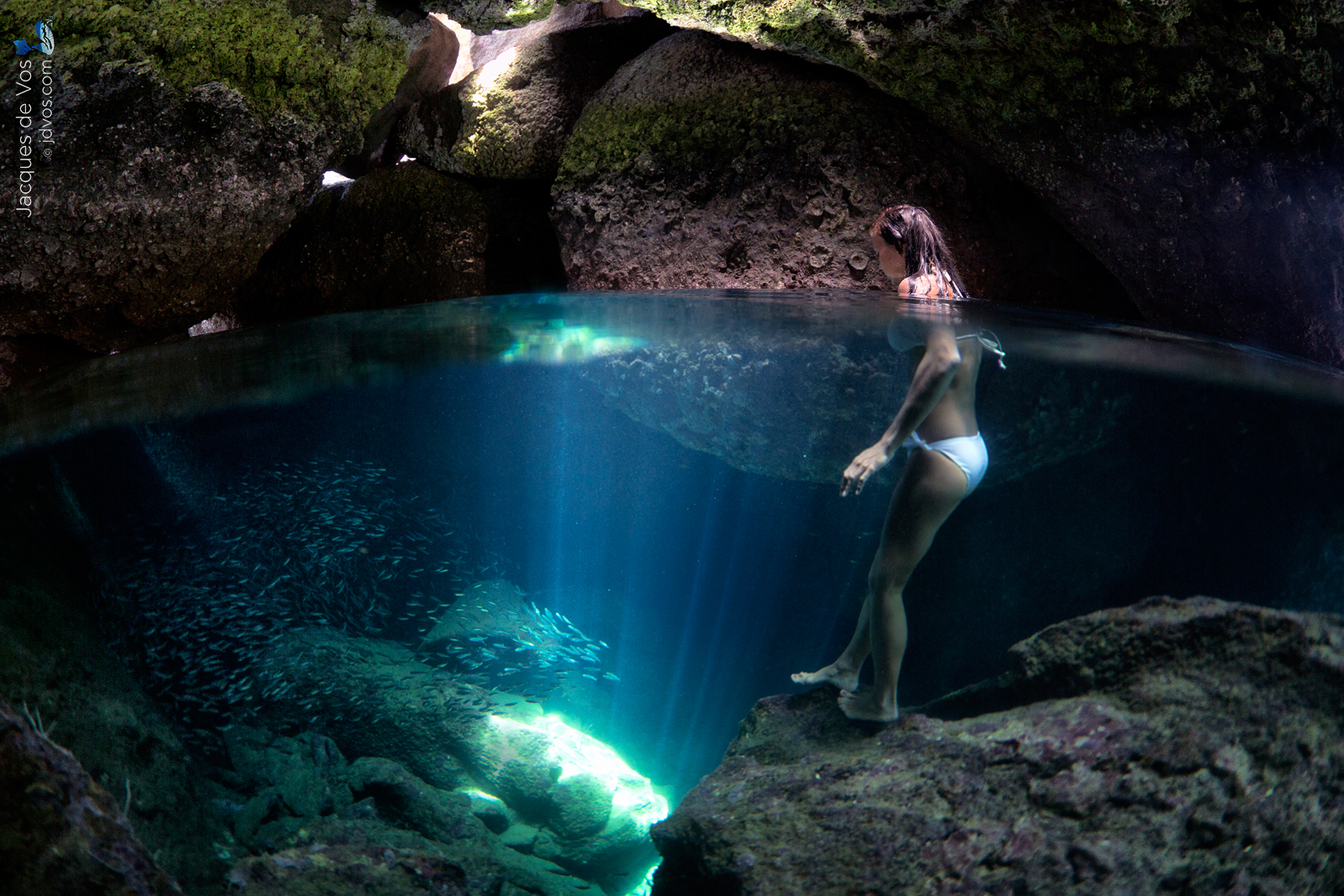























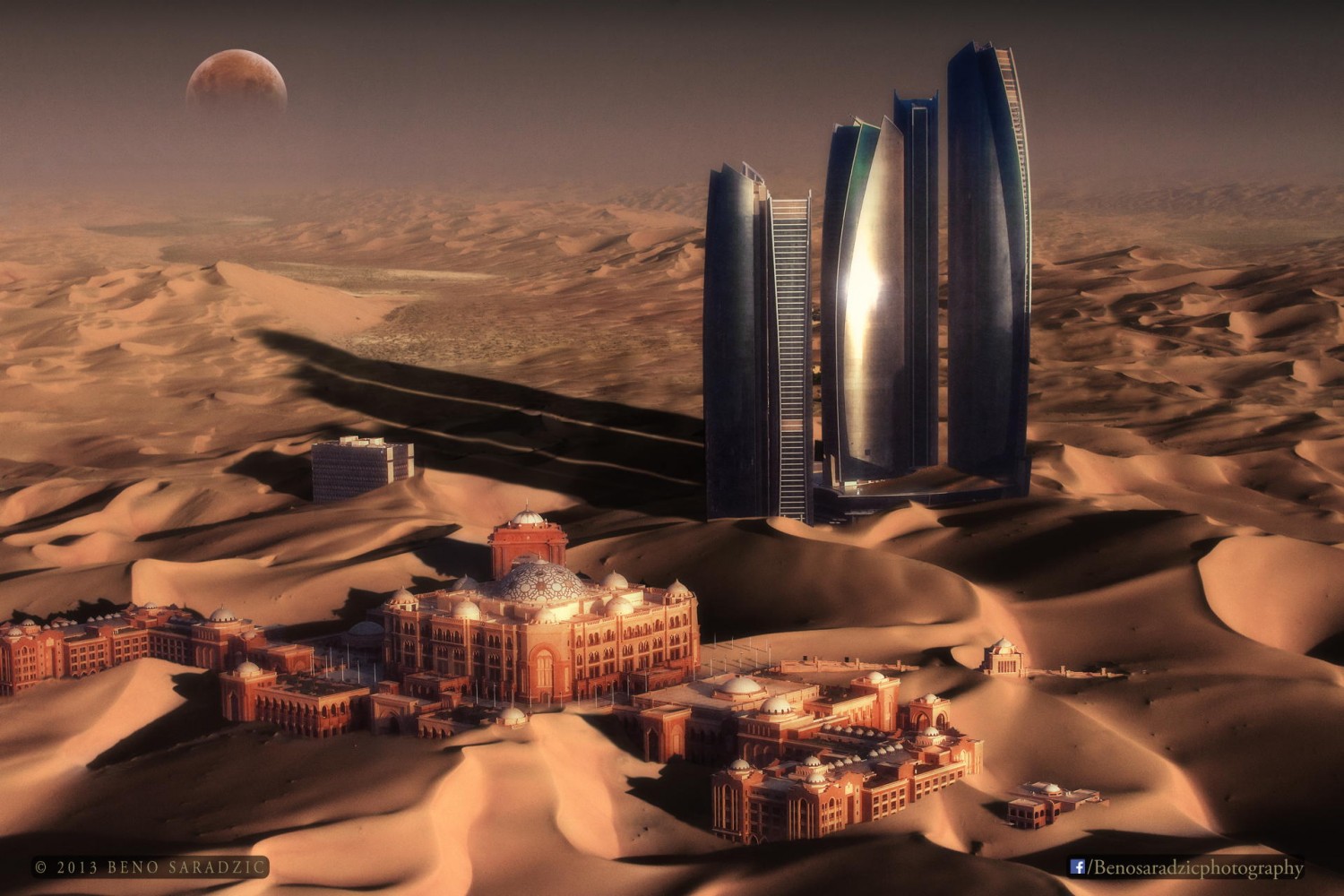

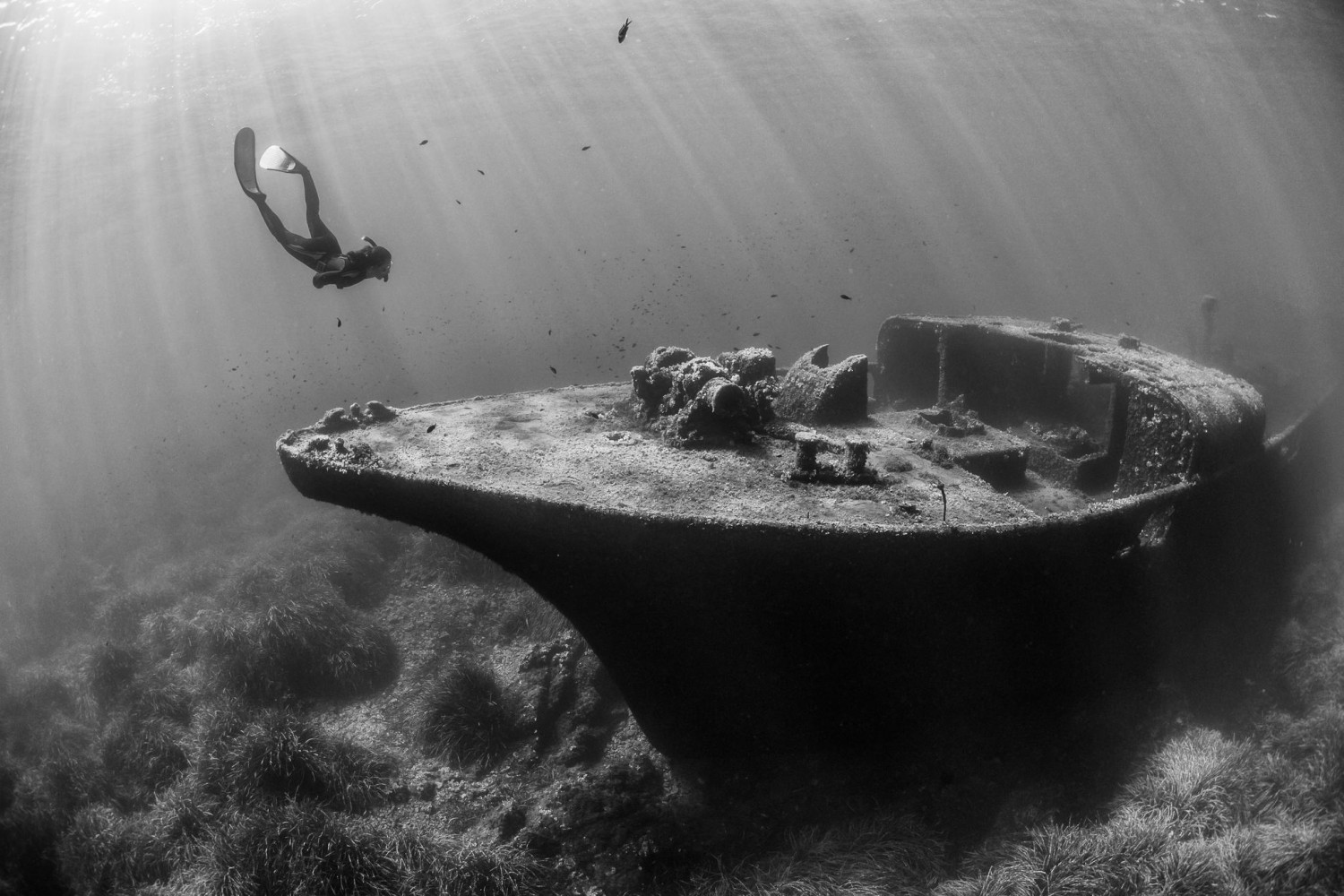
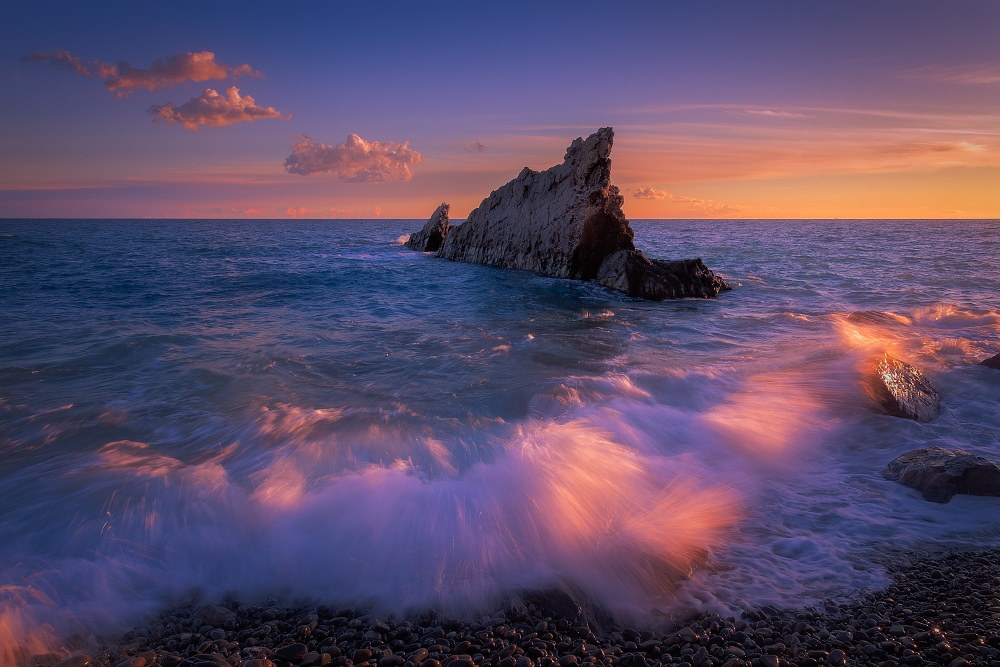
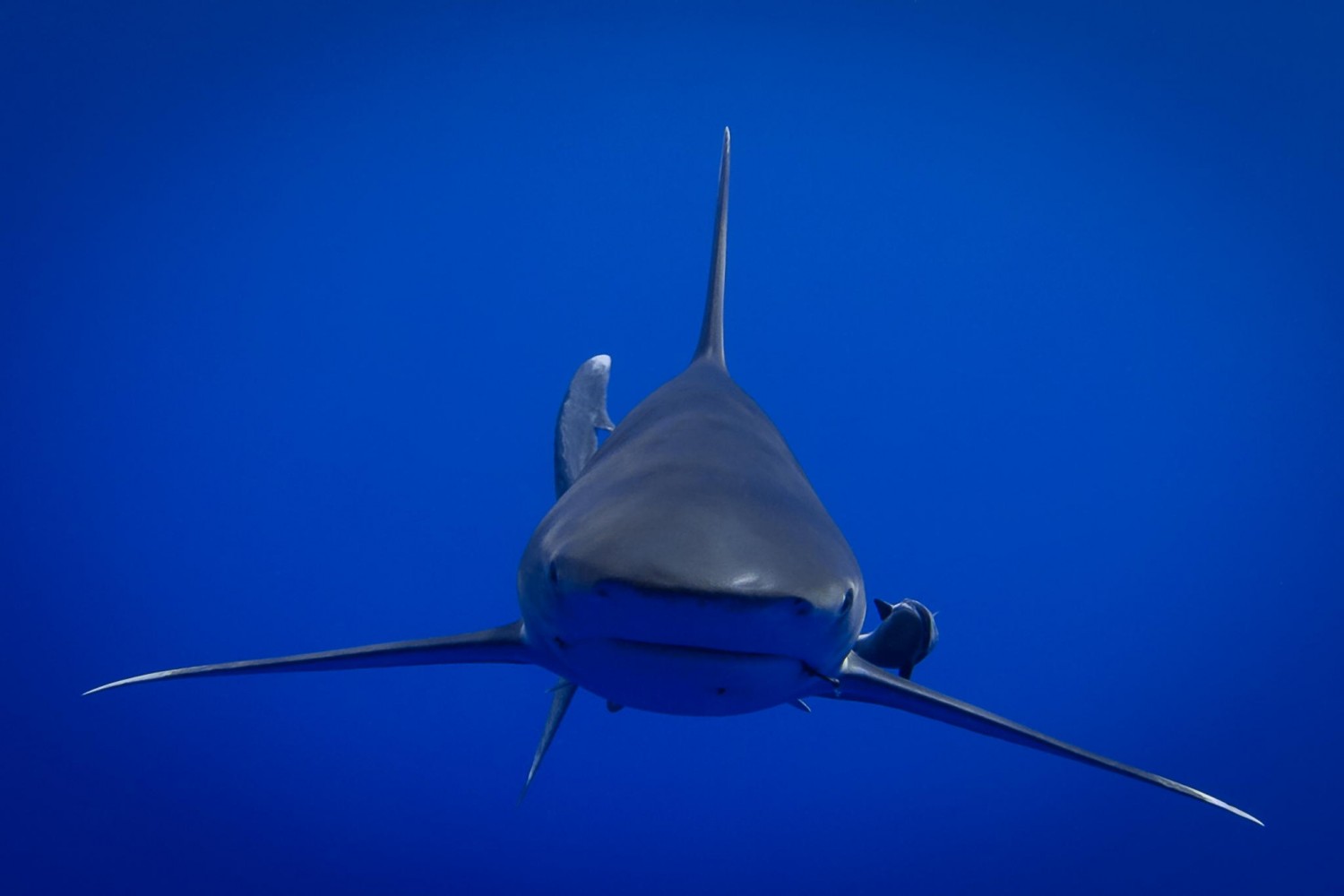
Leave a reply